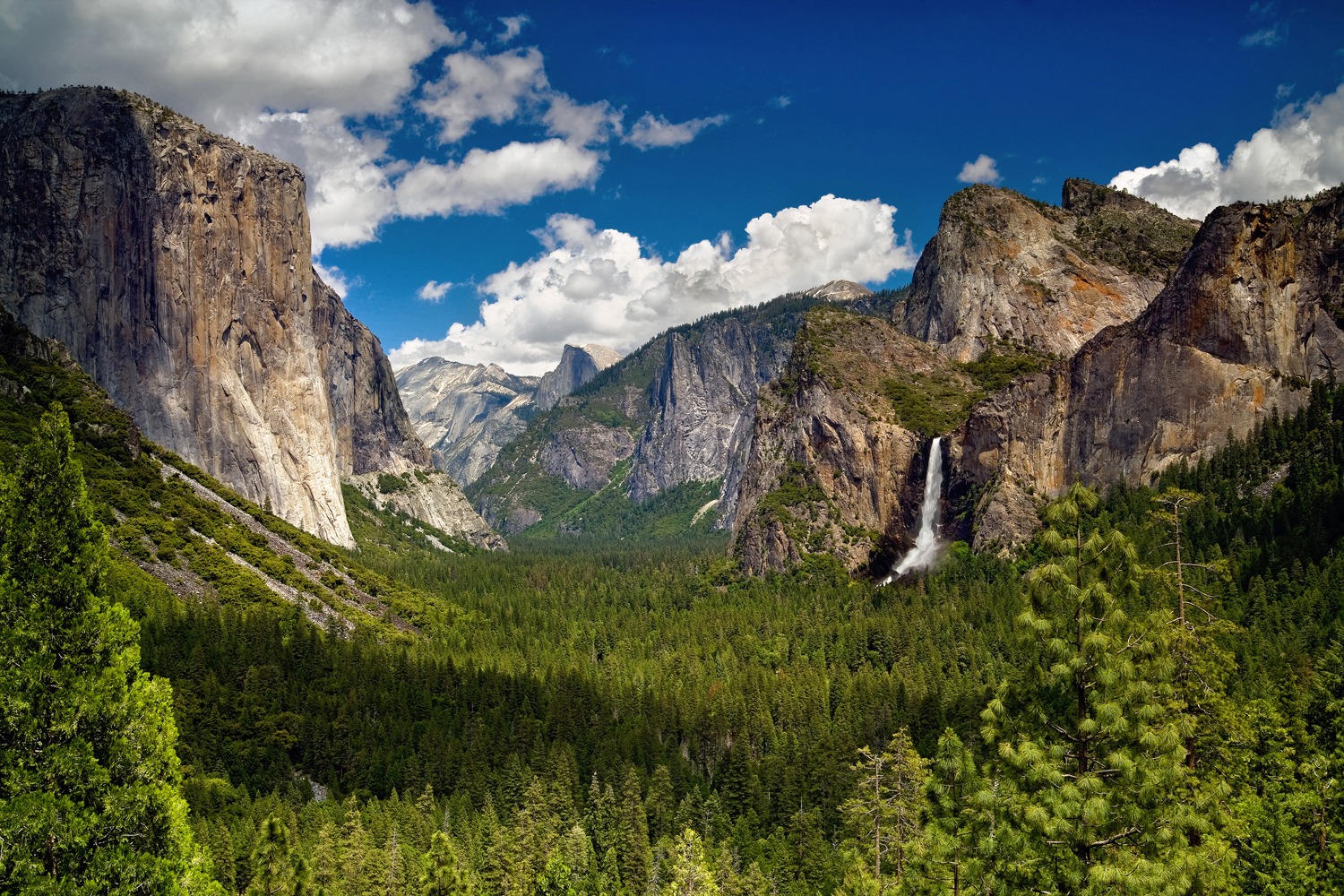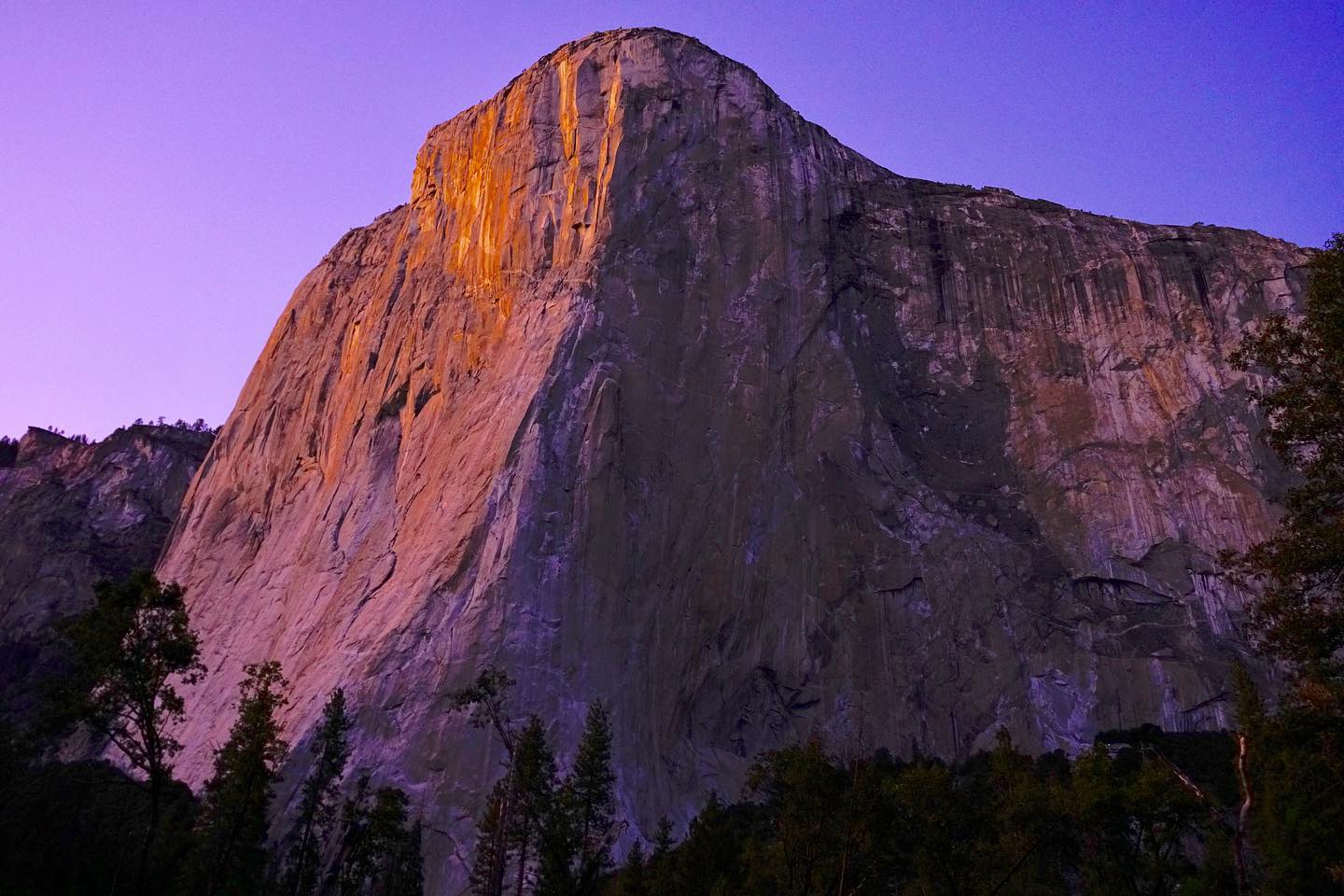
Yosemite has been discussing the possibility of enforcing big wall climbing permits for a few years. After a two-year pilot program, they have come to a decision to enforce permits starting in January 2023 permanently.
Project Goals
The stated main focus of the permit system is to preserve wildlife. The National Park Service (NPS) described its struggles with big wall climbers’ impact on the natural features: “Issues include: proliferation of litter, human waste, abandoned property, improperly stored food, illegal fire rings and wind breaks, and preventable accidents.” The National Park System intends to reach this goal by providing education to the climbers as they pick up their permits.
Implementation
The NPS does not currently have plans to implement a quota-based permit system, nor do they plan to charge money for a permit. Yosemite Rangers have expressed their expectations and hopes that the NPS will follow the guidance of parks that already have a permit system in place like Zion National Park and Black Canyon of the Gunnison National Park (both limit the number of climbers allowed per day, and Zion charges money for permits). Currently, Yosemite has not reported that they plan to have an online system, meaning climbers would need to pick up their permits in the morning when the rangers’ stations open.
Climbing Community Reaction
The climbing community has expressed frustration over the permit system and has not been pleased with the NPS’s approach. Many climbers feel that the NPS is falsely depicting the communities ethics and practices. For example, the NPS posted a photo (see above) of an accumulation of trash found on El Capitan, yet failed to mention that the climber-led Yosemite Facelift event removed all of the trash found in the photo. Additionally, the climber community claimed that they have been vocal about the general tourist impact on the park for years. They do not understand why the NPS is seemingly targeting the climbing community when the vast majority of trash found in the park is from the general tourist community. The community has also pointed out that many climbs start early morning, yet now they need to wait until 7:30 AM to receive a permit, potentially limiting climbing ability.
Jim Hornibrook, a Yosemite big wall climber since 1983, expressed his concerns in a public letter to the NPS. Hornibrook, along with others, expressed concern about the impacts the permits will have on the safety of big wall climbing. Big wall climbing is very much a weather and condition-dependent sport. Climbing in poor conditions has proven to be deadly, yet the pressure of completing the climb on the day the permit was acquired could encourage people to climb regardless of conditions. Hornibrook suggested making these changes to the permit system for safety reasons:
- Making the permit printable online with a required educational video – allowing climbers to avoid using climbing time to meet up with the rangers on the day of their attempt.
- To avoid false data on the number of people that successfully climb – implement a system for climbers to input information about their route, if they succeeded, how many people attempted, etc.
- Add a “week buffer” to the permit – this will release pressure on climbers to “climb now” even if conditions do not permit a safe attempt.
Another Perspective
Other climbers and the general public have voiced a positive reaction to this announcement. The NPS reported that the two-year pilot program for permits has resulted in a decrease in trash left behind and a reduced impact on wildlife. Often, the climbing community and conservationists/environmentalists overlap, leading some to believe that this is overall a positive initiative regardless of the inconvenience. Ken Yager, the president of the Yosemite Climbing Association, roughly estimated that 300-400 pounds of gear were collected from El Cap in 2019, showing that there is some level of a problem regarding the environmental impact of big wall climbers.
Eric lynch, a climbing ranger, expresses that they do not intend to limit climbers rather they just want to have a “Leave No Trace (LNT) conversation with every single person who is going to climb a big wall.”
What does the future of big wall climbing look like in Yosemite National Park?
Time will tell. Many have speculated concern that the NPS has intentions they have not stated openly. Meanwhile, the NPS has reassured that they only intend the permit system for conservation reasons. Regardless, as the sport of climbing rapidly grows in popularity, it is clear that big wall climbing will look much different in the future than it does right now.
